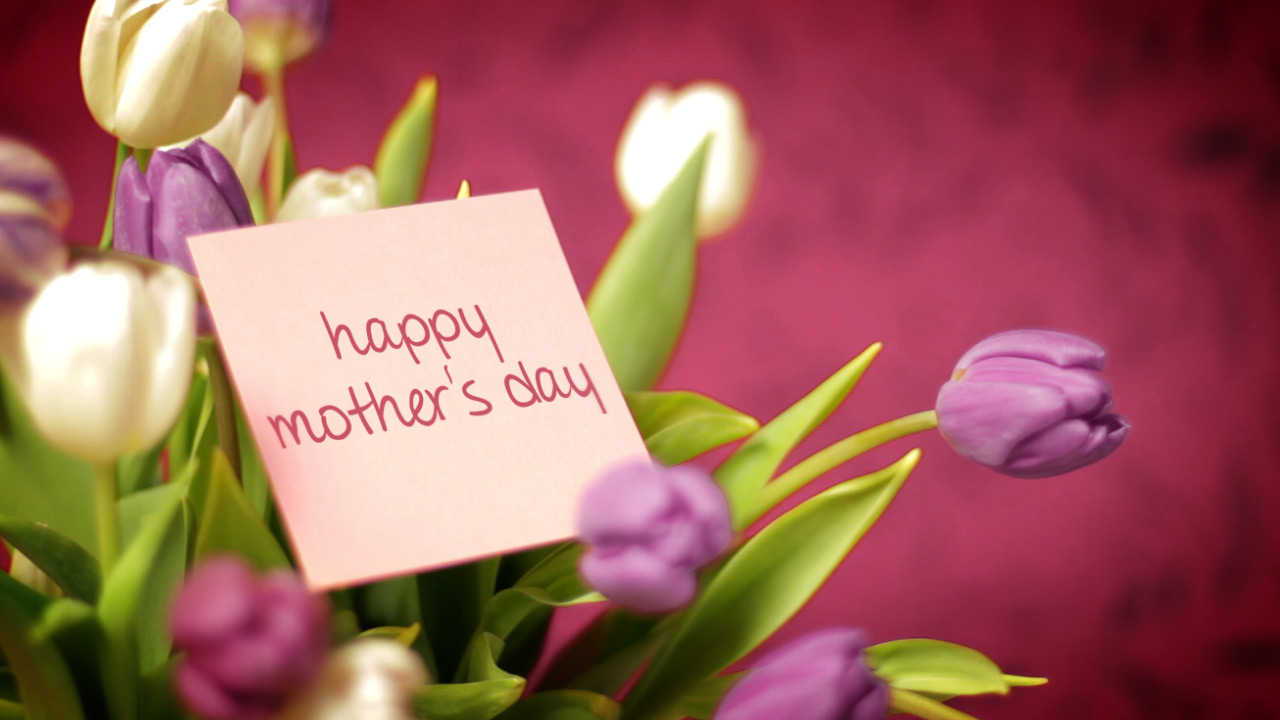The Mother’s Day ads will be out soon, and every year they make my stomach turn.
“I don’t need a Mother’s Day present, so please don’t get me one,” I tell my kids. And honestly, I don’t. Unless it’s handmade, a letter or card they’ve created themselves and carefully written.
We don’t head out for lavish Mother’s Day brunches, and if there’s one day of the year I really don’t want flowers or chocolates, it’s Mother’s Day.
Valentine’s Day would be a very close second.
READ: HOW BROAD CITY EMPOWERED THE JEWISH MOTHER
What I really despise is the commercialization of the concept of Mother’s Day, the extent to which it’s been turned into a spending spree where a mother’s value is measured in how much you spend on her, from the meal out to the kinds of gifts she’s supposed to receive. Does your mother inspire you? Then shower her with expensive jewelry, we’re told. Buy her chocolates. Treat her to a meal out. Spend, spend, spend. If you don’t, the subtext reads, you really don’t love her all that much.
My Mother’s Day sentiments are strongly aligned with those of Anna Jarvis, a West Virginian who founded the concept back in 1908 and campaigned to make it a recognized holiday in the United States. She was on a mission to honour her own mother, who had cared for wounded Civil War soldiers before she died in 1905.
Backed by John Wanamaker and H.J. Heinz, Jarvis wrote letters and launched promotional campaigns. By 1914, she had her way. That year, U.S. President Woodrow Wilson signed a proclamation creating Mother’s Day as a national holiday to honour mothers on the second Sunday in May.
For Jarvis, things went south from there. Shops, florists and restaurants recognized an opportunity for profit, and Hallmark Cards and its industry rivals were selling Mother’s Day cards by the early 1920s.
Embittered by this exploitation of her pure intentions, Jarvis even tried to rescind the concept she’d worked so hard to create. It was supposed to be about sentiment, not profit, she protested. She’d wanted people to show appreciation, love and gratitude for their mothers by writing personal letters by hand, not buying gifts and pre-made cards.
Fighter that she was, Jarvis refused to go down quietly. She organized boycotts and threatened lawsuits, trying to stop the commercialization. In 1923, she crashed a candymakers convention in Philadelphia, and in 1925, she was arrested for disturbing the peace when she protested at a confab of the American War Mothers, which raised money by selling carnations.
I agree wholeheartedly with Jarvis, who declared that purchased greeting cards were “maudlin, insincere, meaning nothing except that you’re too lazy to write to the woman who has done more for you than anyone else in the world.” My protest against Mother’s Day is on a much smaller scale than hers, however.
I protest by resisting purchased cards, rejecting anything but a handmade gift, and doing my best to boycott restaurants on Mother’s Day. When the second Sunday in May rolls around, I ask my family for just two things that I don’t usually receive. One is a day without sibling rivalry, just one full day when I don’t have to mitigate arguments between my children. The other is that I get to choose how we spend time together that day.
READ: FAMILY DAY FUNDRAISER BENEFITS HOSPITAL FOR SICK CHILDREN
In years past, we’ve done hikes in the rainforest or a family bike ride to the river, with a picnic on the banks. My spouse will make dinner that night, putting in more effort than usual to prepare the foods I like – which means we won’t get plates of omelets or processed food.
And if I’m lucky, I’ll get a handwritten card from my kids, one that fills my heart with love and makes me feel I’m doing something right in this world. That, for me, is the ultimate Mother’s Day. I think it’s one Anna Jarvis would applaud, too.
Photo: Scrapbook and Cards Today
